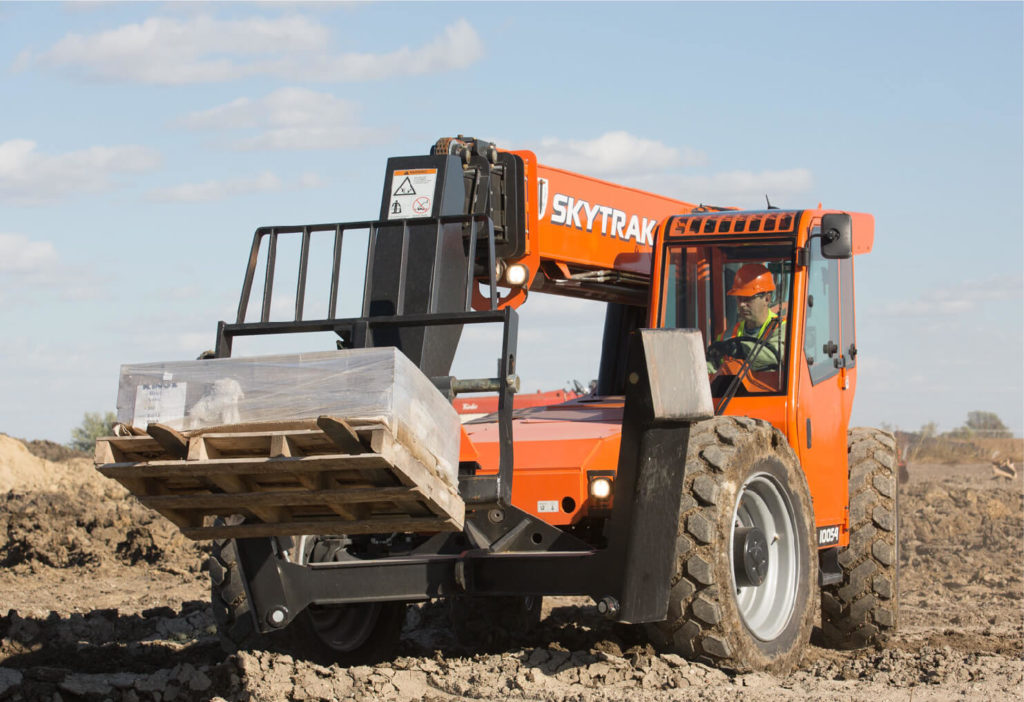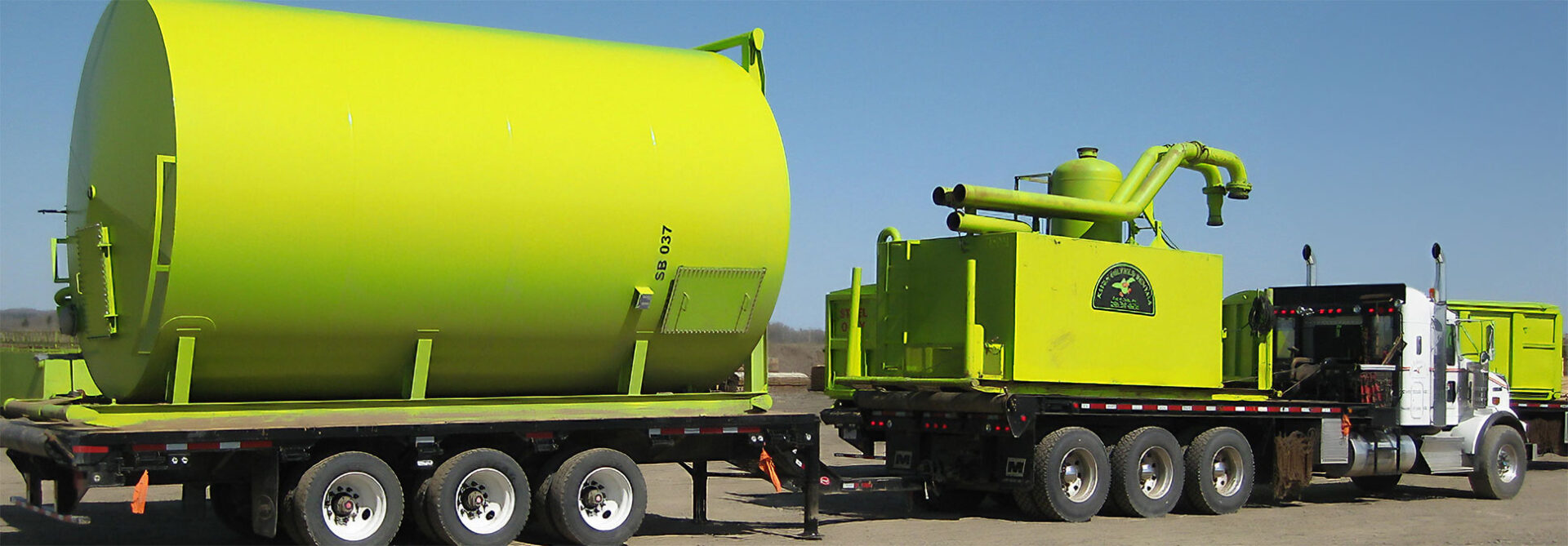Superior Rentals reviews: detailed evaluation
Wiki Article
A Comprehensive Overview to the Various Kinds of Oil Field Equipment and Pipeline Equipment Available
The oil and gas sector counts greatly on customized devices for efficient extraction and transportation. Numerous types of machinery, from piercing rigs to storage containers, play vital duties in this intricate procedure. Each piece of equipment serves unique features that contribute to total functional success. Comprehending these components is necessary for anyone associated with the industry. As the industry develops, so as well do the innovations that support it. What advancements are on the perspective?
Drilling Rigs: The Backbone of Oil Expedition
Drilling rigs serve as the important equipment in the domain of oil expedition, allowing firms to access hydrocarbon reserves buried deep beneath the Planet's surface. These rigs are available in numerous types, consisting of land rigs, offshore rigs, and mobile units, each designed to run in specific environments. Geared up with sophisticated innovation, drilling rigs can permeate geological developments with accuracy, making sure effective source extraction. The architectural honesty and functional abilities of these rigs are critical, as they should stand up to extreme conditions and substantial stress. Furthermore, the selection of a drilling rig affects the total project expense and timeline, making it a vital consideration for oil companies looking for to maximize their expedition efforts and make best use of productivity in their operations.Pumps: Necessary for Fluid Motion
In the oil removal process, the duty of pumps is significant, assisting in the movement of fluids throughout different phases of production. Pumps are vital for transporting crude oil, water, and various other fluids from underground tanks to the surface and after that via pipes to refineries. They can be found in numerous kinds, consisting of centrifugal, favorable displacement, and submersible pumps, each serving specific objectives based on the fluid characteristics and functional needs. Centrifugal pumps are frequently utilized for their effectiveness in high-flow applications, while positive displacement pumps excel in handling thick liquids. The option of pump influences overall performance, functional safety, and maintenance expenses. Appropriate selection and maintenance of pumps are vital for maximizing manufacturing and minimizing downtime in oil area operations.Shutoffs: Controlling Flow and Pressure

Shutoffs play a crucial duty in managing the circulation and stress of liquids within oil areas and pipelines. Numerous kinds of shutoffs offer distinctive applications, each made to meet details features fundamental for reliable operation - Superior Rentals fusion machines. Understanding the features and usages of these valves is necessary for maximizing system performance and safety
Kinds of Valves
Necessary parts in oil field operations, valves play an important duty in regulating the flow and pressure of liquids within pipelines and devices. Numerous kinds of valves are made use of to meet the diverse demands of oil and gas production. Typical kinds consist of gate shutoffs, which give a straight-line flow and very little pressure decline; globe valves, recognized for their strangling capabilities; and ball shutoffs, recognized for their fast on/off control. Additionally, check shutoffs prevent backflow, while butterfly shutoffs offer a lightweight solution for managing circulation. Each valve type is designed with specific products and arrangements to hold up against the rough problems usually located in oil fields, making sure dependability and efficiency in procedures. Understanding these types is vital for efficient system monitoring.Valve Applications and Features
While different sorts of valves offer unique functions, their primary applications rotate around managing circulation and stress within oil and gas systems. Valves such as gateway, world, and sphere valves manage fluid movement, guaranteeing peak performance and safety. Gate shutoffs are commonly utilized for on/off control, giving very little flow resistance. World valves, on the various other hand, offer specific flow law, making them appropriate for throttling applications. Sphere valves are preferred for their fast operation and limited sealing capacities. Additionally, stress relief shutoffs are vital for preventing system overpressure, securing equipment stability. Overall, the ideal choice and application of shutoffs improve functional efficiency, making sure the dependable transportation of oil and gas via pipelines and handling facilities.Compressors: Enhancing Gas Transport
Compressors play a crucial function in the effective transport of natural gas, guaranteeing that it relocates efficiently through pipelines over fars away. These devices boost the stress of all-natural gas, allowing it to get rid of friction and elevation adjustments within the pipeline system. Additionally, compressors promote the harmonizing of supply and demand, accommodating fluctuations in intake and manufacturing prices. Different kinds of compressors are utilized in the market, consisting of centrifugal, reciprocating, and rotating screw compressors, each offering distinct benefits based upon the functional needs. Normal maintenance of these compressors is important to make the most of effectiveness and minimize downtime, eventually adding to a trustworthy gas transportation network. Their critical function underscores the importance of compressors in the total oil and gas facilities.Storage Tanks: Safe and Effective Fluid Administration
Efficient transportation of all-natural gas depends on different supporting systems, one of which is the correct monitoring of tank. These tanks play a vital function in safely having liquids, making sure that operational performance is preserved while lessening ecological risks. Created from durable materials, they are designed to withstand high stress and destructive elements. Effectively sized and get more info purposefully located, storage space containers assist in the smooth circulation of gas and other fluids, avoiding bottlenecks in supply chains. Routine maintenance and monitoring are necessary to identify leakages or architectural concerns, advertising safety and security and conformity with governing criteria. Eventually, the efficient administration of tank is crucial for the overall honesty and integrity of the oil and gas industry's liquid handling systems.
Pipeline Equipments: Infrastructure for Transport
Pipeline systems serve as the foundation of the oil and gas industry, promoting the efficient transport of hydrocarbons over large ranges. These systems include numerous components, including pipelines, valves, pumps, and compressors, all thoroughly created to guarantee seamless circulation. The materials utilized in pipeline building and construction, frequently steel or high-density polyethylene, are picked for resilience and resistance to deterioration. Pipeline networks can span throughout land and water, attaching production sites to refineries and distribution. Furthermore, progressed modern technology enables real-time tracking of circulation rates and stress degrees, improving functional efficiency. The critical placement of these pipes reduces ecological impact while making the most of source ease of access, therefore playing a vital duty in meeting power demands around the world.Safety Equipment: Making Sure Employee and Environmental Management
The procedure of pipeline systems, while important for power transport, also provides substantial safety difficulties for employees and the setting. Safety devices plays a considerable duty in reducing these dangers. Individual safety equipment (PPE) such as safety helmets, gloves, and non-slip shoes safeguards employees from physical hazards. Additionally, gas detection systems keep an eye on for leakages, ensuring that dangerous substances do not position a risk to workers or the bordering environment. Emergency closure systems are imperative for promptly stopping operations throughout a dilemma, preventing possible disasters. Spill control materials, including absorbents and obstacles, are fundamental for decreasing environmental influence. Generally, purchasing comprehensive security equipment is essential for preserving functional stability and safeguarding both workers and the atmosphere in the oil and gas industry.
Frequently Asked Concerns
Just how Do I Choose the Right Oil Field Equipment for My Job?
Picking the best oil field devices involves assessing project specs, spending plan restrictions, and operational requirements. Take into consideration elements such as tools integrity, compatibility with existing systems, and the distributor's online reputation to guarantee peak efficiency and safety.What Are the Maintenance Needs for Oil Field Equipment?
Upkeep requirements for oil area tools include regular assessments, lubrication, and timely fixings. Operators must also stick to producer standards, display efficiency metrics, and warranty conformity with security policies to boost long life and effectiveness.
How Can I Make Certain Conformity With Environmental Laws?
To guarantee conformity with environmental regulations, companies must perform routine audits, implement ideal methods, purchase training, keep appropriate documentation, and remain updated on regulation (Superior Oilfield Rentals Texas). Collaboration with ecological agencies can likewise enhance adherence to guidelinesWhat Is the Average Life Expectancy of Pipeline Equipment?
The typical lifespan of pipeline devices generally varies from 20 to 50 years, depending upon factors such as material top quality, environmental problems, and maintenance practices. Regular inspections can greatly affect long life and functional effectiveness.How Do I Safely Deliver Oil Field Equipment to Remote Locations?
Transporting oil area devices to remote places needs careful preparation, consisting of path assessment, securing authorizations, utilizing appropriate automobiles, and making certain safety procedures are complied with. Appropriate training and communication amongst teams are important for effective transport.Report this wiki page